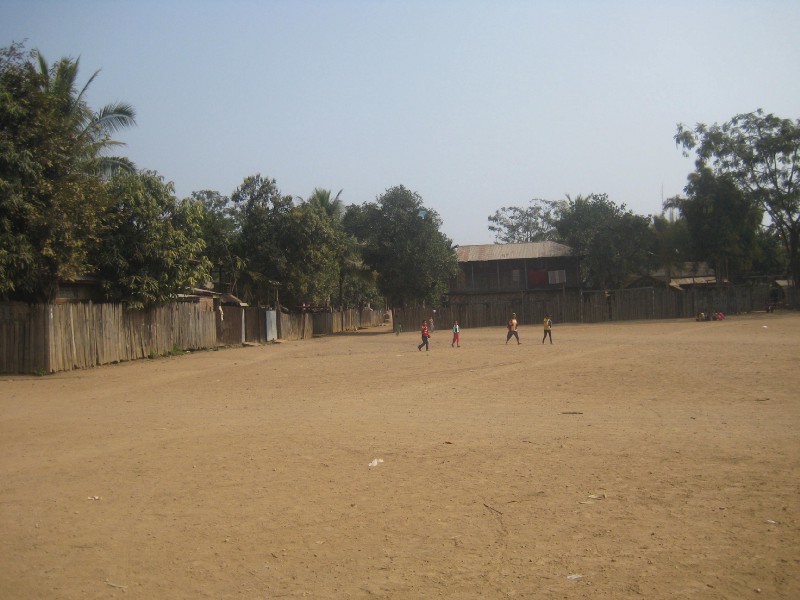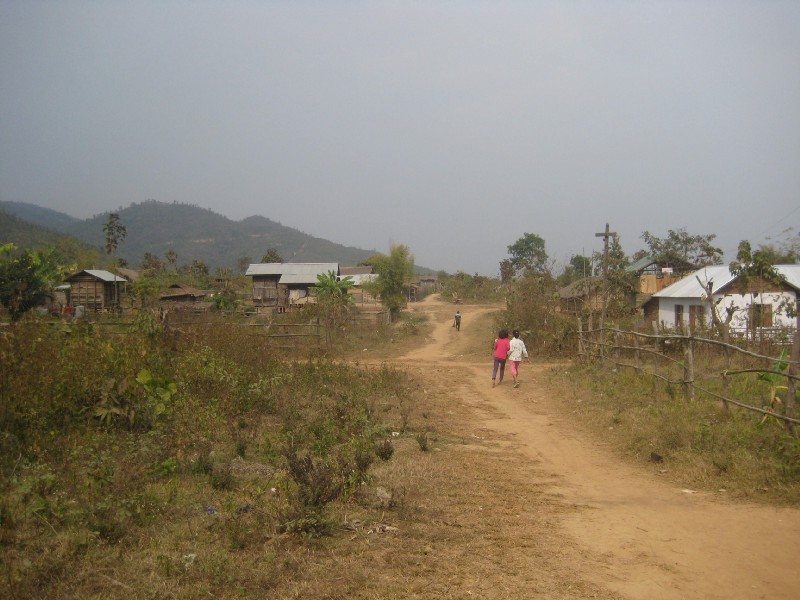Interesting Border Town #1: Moreh
Interesting Border Town #1: Moreh
Border Town, a salad bowl of different people.

Moreh was one of the most interesting places and a perfect summary before leaving India, after discovering this amazing country in 6 months. Moreh is the only main gateway between South and Southeast Asia and connects India and Myanmar. It lies in the east of the state of Manipur. Although its center is just a busy road with ugly buildings without any good places to eat, it has something special. You will find people from South and North India and of course local people. You can find Churches, Hindu temples, Mosques, Gurudwaras, you name it. You can hear any language: Assamese, Hindi (most common lingua-franca of North India), Bengali, Tamil, English and local languages and so on. I met a student, who studies in China, who spoke so many languages, truly fascinating.

People migrate to do business and trade goods with Myanmar and by extension Thailand. Overall, I noticed that North Indian (their home may be 1000 of miles away) often open stores in villages to do business, which is not easy. A store-owner in Nagaland told me had to pay “taxes” to the separatist movement.

The region has been called ??, due to its overlappings and no clear boundaries between countries. Interestingly Indians may visit the neighboring town in Myanmar without a visa. To same goes for people from Myanmar, I saw few women from Myanmar selling local produce in Moreh. Later that day I also crossed to the neighboring town as there is no border fence, and it seemed a like whole different world. It was so quite and calm, the houses were made of made and it seemed a world away from the bustling town.
The next day when I finally crossed into Myanmar I took a local bus with a guy who recently married a women from Myanmar who seemed very young and shy. Because he was an Indian citizen, he would not be officially allowed to enter the country, after around 20 minutes we actually passed a passport control, with a big sign “No Indians beyond this point”. I showed my passport and visa and he kept quiet, and was let through because of his mongoloid white body type. We passed hours a small road, and many villages without electricity and cell-phone connection (almost impossible to find that in India). The first city proved to be difficult, no English spoken, staying in local guesthouses was prohibited, the licensed guesthouses were overpriced and above my budget. The cycling couple I met in Moreh said the stayed often camped or stayed in temples but often had troubles with the police.
You can find their blog below:
Here’s a small excerpt:
As long as we stuck to the main roads, locals assured us, we could travel safely throughout the region. Militants target government officials, they claimed, not foreign tourists. How comforting.
Moreh, in Manipur state, was our first stop. Like all cyclists who pass that way, we checked in to the friendly Sangai Hotel, owned and managed by the ever helpful and extremely kind R.K.
200 rupees (about $3) got us a tidy room with twin beds and access to a smelly shared toilet and cold water bucket bathing facilities at the end of the hall.
